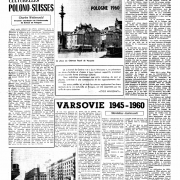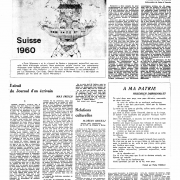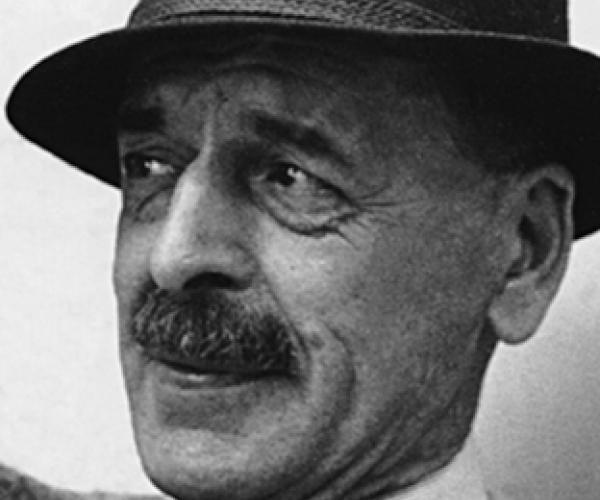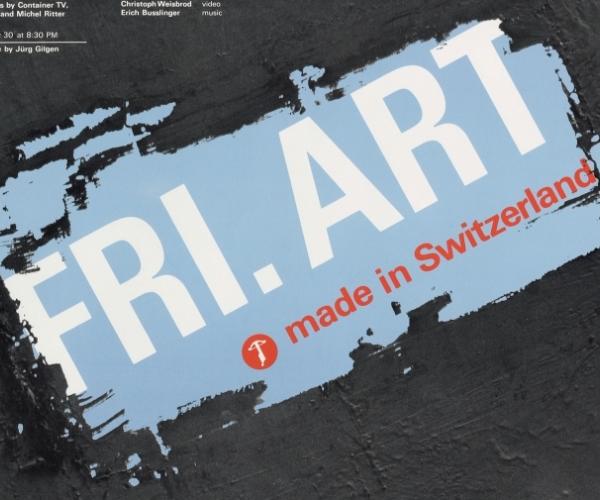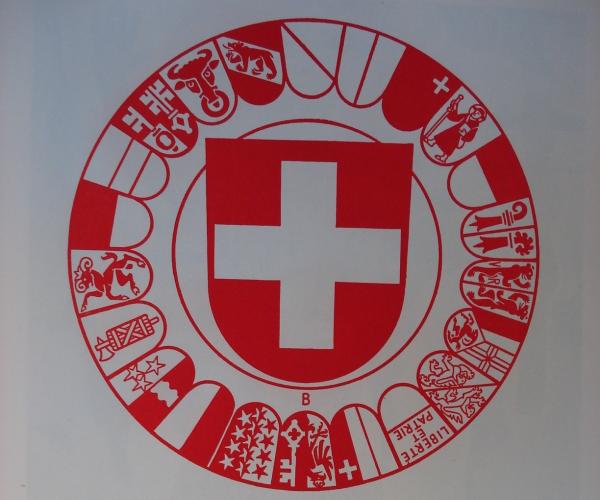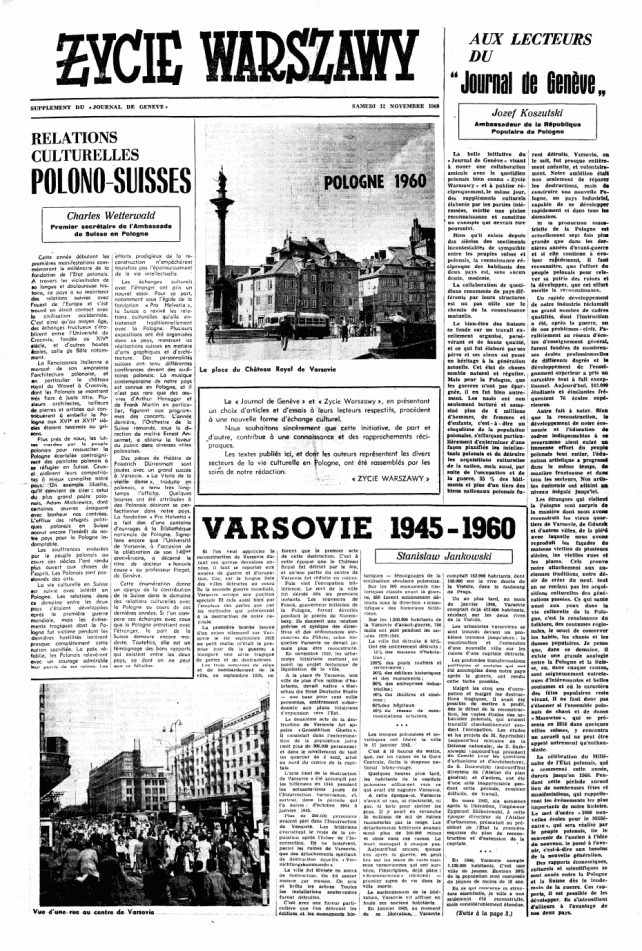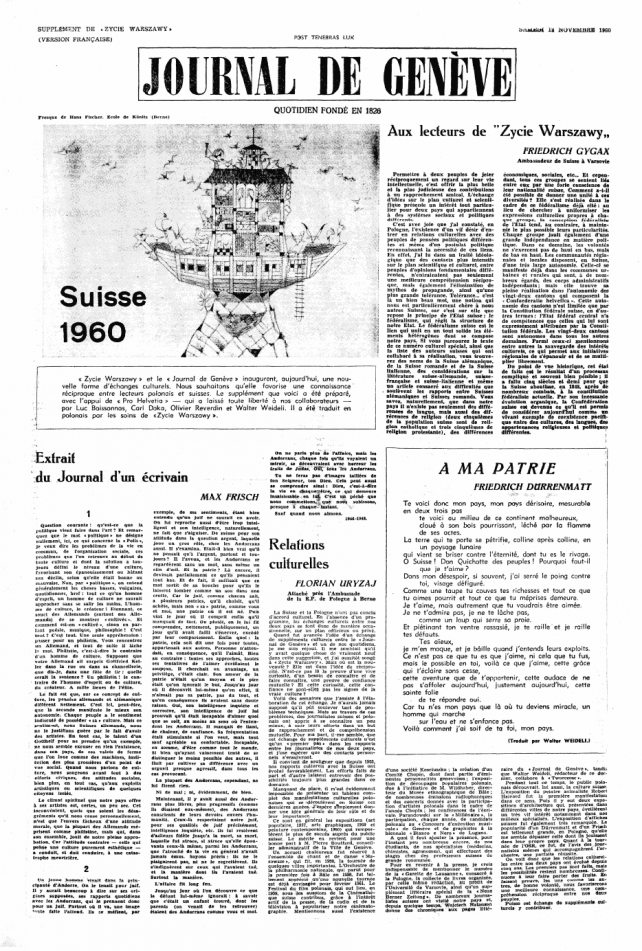The role of the press in east-west cultural relations
Ever since the beginning of the Cold War, Swiss cultural policy had kept on this side of the Iron Curtain which divided Europe. Hardly any economic interest was at stake, widely shared anti-communism among the main actors of this policy, as well as the linguistic and cultural distance to the eastern countries led to the conclusion that there was little reason to venture into the communist bloc.
After the Hungarian crisis in 1956, the question of cultural relations with the eastern bloc was widely discussed, and several patriotic organisations called for total boycott. However, other voices made themselves heard, criticising the attitude of refusal. Young writer Walter Matthias Diggelmann linked this attitude to the Spiritual Defence of Switzerland
in the Thirties. Certain newspapers also appealed for a development of contacts with the East, maintaining that surely cultural exchange was more dangerous for the people’s democracies than for the western bloc.
In this context an unusual experiment took place in 1960: the exchange of cultural supplements between the Journal de Genève and Życie Warszawy, a daily, published in Poland during the slightly more relaxed political climate after Władysław Gomułka’s ascent to power in 1956. The idea stemmed from Florian Uryzaj, cultural attaché at the Polish embassy in Bern and Walter Weideli, dramaturge and journalist for the Journal de Genève. Their aim was to present the cultural scene of their own country to the respective other country, where the daily newspaper was issued.
After translation into Polish, the cultural supplement of the Journal de Genève described the artistic and intellectual life in Switzerland for the readers of Życie Warszawy, while the readers of the Genevan daily were entitled to a brochure in French, dedicated to the state of cultural life in Poland, and published by the daily in Warsaw. Frank Jotterand had attempted a similar effort by publishing a series of articles about contemporary Polish culture in the Gazette du Lausanne, and the Neue Berner Zeitung also published a magazine about Poland. But it was the Journal de Genève, which had broken ground with its simultaneous publication.
The embassies in Warsaw and Bern took up the task of collecting the articles and having them translated. The ambassadors, Friedrich Gygax for Switzerland and Józef Koszutski for Poland wrote the introduction to each magazine. Pro Helvetia also participated by subsidising certain articles. As a result, the two magazines were composed by central figures of the cultural scene. For Switzerland for example Hugo Loetscher described the situation of the theatre in Zurich, Walter Weideli the respective situation in French speaking Switzerland, Ernest Ansermet evoked the musical avant-garde, Max Frisch and Friedrich Dürrenmatt contributed literary texts. The image conveyed was that of a progressive cultural scene, side by side with more traditional views like those outlined in Charly Guyot’s article about Swiss French literature.
The tone of the Polish magazine was much the same as that of its Swiss counterpart. Cultural achievements were highlighted, such as the cinematic school led by Andrzej Wajda and described by Andrzej Munk. Furthermore, difficulties encountered by creative artists and event organisers are, if discreetly, also present.
To remain apolitical was a condition from the beginning, and several incidents during production indicated that those organising the project, Polish or Swiss, had been scrupulous. A text by Max Frisch, deemed too politically involved was refused, as was an article by writer Maria Dąbrowska. Nevertheless, these efforts allowed the Journal de Genève on November 12, 1960, to triumphantly title: Today two million Polish people are reading le Journal de Genève
. (mg)
Archives
AFS, E 2200.151, 1976/88/18 (ambassade de Varsovie).
Bibliography
Gillabert Matthieu, Pro Helvetia sur la scène internationale : pièce en quatre actes», in : Hauser Claude, Seger Bruno, Tanner Jakob (dir.), Entre culture et politique : Pro Helvetia 1939-2009, Genève : Slatkine, 2010, p. 81-117.


